Top 25 DATA science Interview Questions and Answers for 2024 !
1. What is Data Science?
Answer: Data science is a multidisciplinary field that uses scientific methods, techniques, processes and systems to extract insights and knowledge from structured and unstructured data.
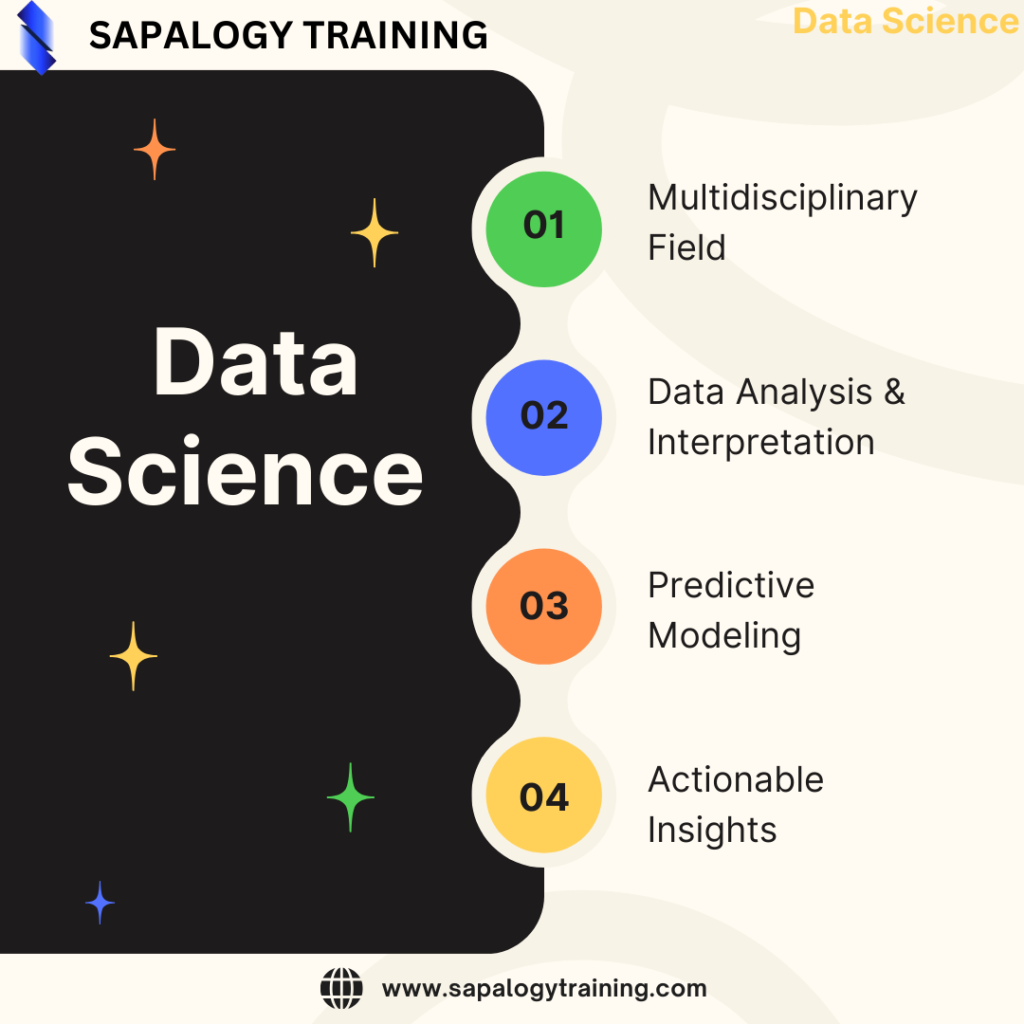
2. Explain the Data Science Lifecycle.
Answer: The data science lifecycle consists of defining objectives, collecting data, cleaning data, analyzing, modeling, validating, and implementing.
3. What is the difference between supervised and unsupervised learning?
Answer: Supervised learning involves training a model with labeled data, while unsupervised learning processes unlabeled data to find patterns and relationships.
4. Explain overfitting in terms of machine learning.
Answer: Overfitting occurs when a model overlearns training data, picks up noise, and makes poor predictions on new unseen data.
5. What is the purpose of feature engineering?
Answer: Feature engineering is the process of selecting, modifying, and designing features to improve model performance and increase predictive power.
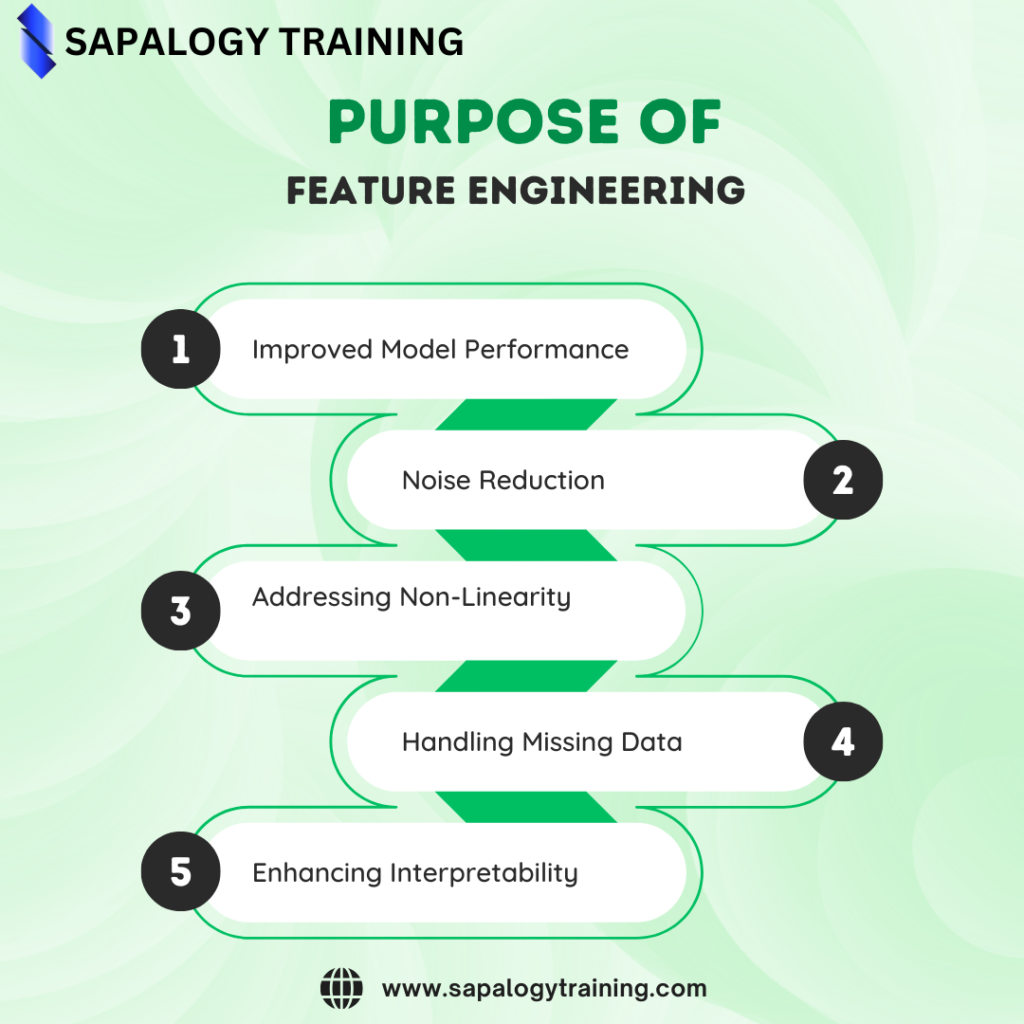
6. Explain the term “Bias-Variance tradeoff”.
Answer: The bias-variance trade-off refers to the balance between underfitting (high bias) and overfitting (high variance) in machine learning models.
7. What is a routine, and why is it important?
Answer: Regularization is a way to discourage complex models and prevent overfitting by adding a penalty term to the model’s value function.
8. What is the difference between a histogram and a bar chart?
Answer: A histogram shows the distribution of continuous variables, while a bar chart represents categorical data with different bars.
9. Explain the concept of A/B testing.
Answer: A/B testing compares two versions (A and B) of a website, product, or product to determine which performs better in terms of user engagement or other metrics.

10. What is the purpose of cross-certification?
Answer: Cross-validation is used to check the performance of a model by splitting the data into smaller units for training and testing, which helps to test its generalizability.
11. What is the difference between distribution and regression?
Answer: A distribution refers to categorical outcomes, while a regression refers to continuous statistical values.
12. Define precision and recall.
Answer: Specificity is the ratio of actual good predictions to total predicted goodness, whereas recall is the ratio of actual goodness to total goodness.
13. What is the curse of dimensionality?
Answer: The curse of dimensionality refers to the challenges and increased complexity that arise when dealing with high-dimensional data.
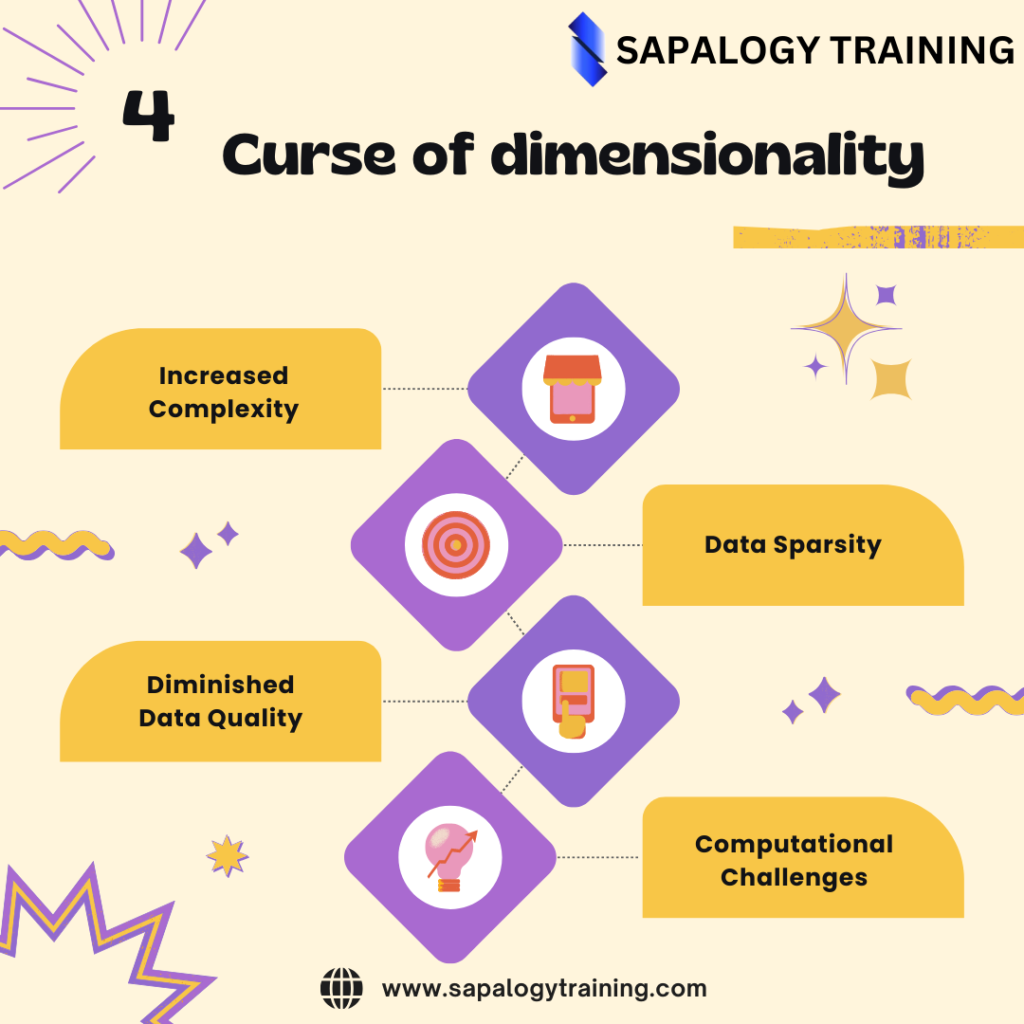
14. Explain the K-nearest neighbors algorithm.
Answer: K-nearest neighbors is a simple algorithm that classifies a data point based on the majority class of its K nearest neighbors in the feature space.
15. What is feature scaling, and why is it important?
Answer: Feature scaling standardizes the range of independent variables, ensuring that no variable dominates others, and improving the performance of certain algorithms.
16. Differentiate between bagging and boosting.
Answer: Bagging builds multiple models independently and combines them by averaging, while boosting builds models sequentially, giving more weight to misclassified instances.
17. What is dimensionality reduction?
Answer: Dimensionality reduction is the process of reducing the number of features in a dataset while preserving its essential information, often using techniques like PCA (Principal Component Analysis).
18. How does a decision tree work?
Answer: A decision tree recursively splits the dataset based on features, creating a tree-like structure where each leaf node represents a class or a regression value.
19. What is the purpose of a confusion matrix?
Answer: A confusion matrix provides a summary of the performance of a classification algorithm by showing the number of true positives, true negatives, false positives, and false negatives.
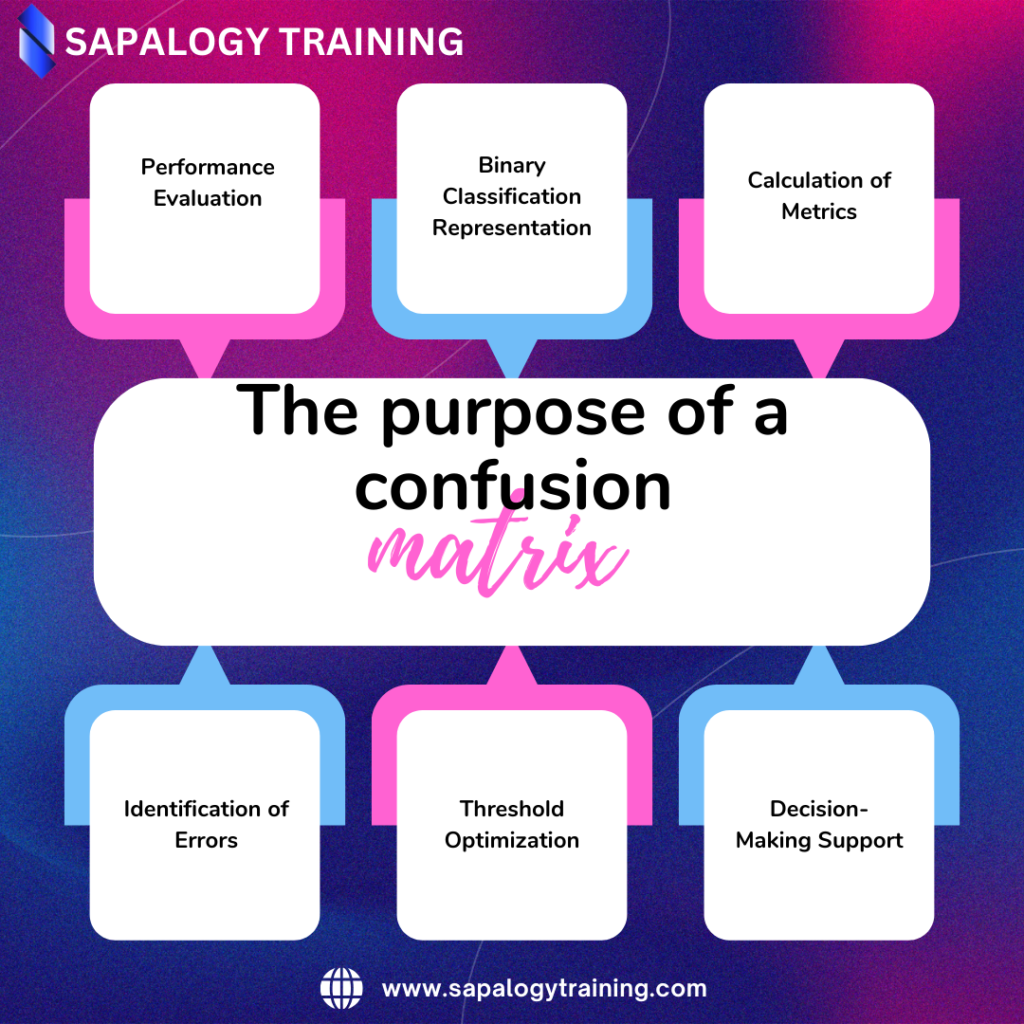
20. Explain the term “P-value” in statistics.
Answer: The P-value is the probability of obtaining results as extreme as the observed results of a statistical hypothesis test, assuming that the null hypothesis is true.
21. What is the role of a dummy variable in regression analysis?
Answer: A dummy variable is used to represent categorical data in regression analysis, assigning numerical values to different categories for model interpretation.
22. Define ROC curve and AUC.
Answer: The ROC curve is a graphical representation of the trade-off between true positive rate and false positive rate. AUC (Area Under the Curve) quantifies the performance of the classifier.
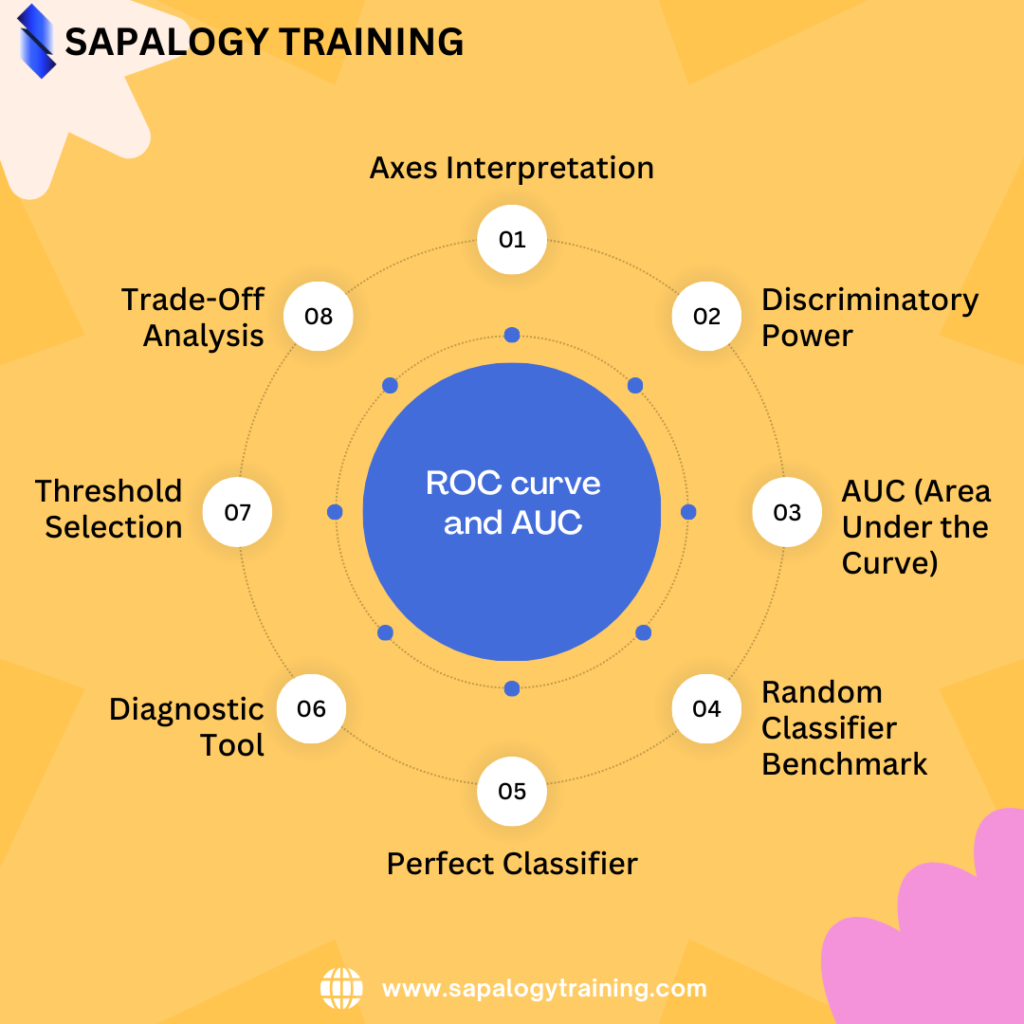
23. What is deep learning?
Answer: Deep learning is a subset of machine learning that uses multi-layered artificial neural networks (deep neural networks) to model and solve complex problems
24. Define the term “feature significance”.
Answer: Feature needs to measure the contribution of each feature to the predictive performance of the model, which helps to identify the most influential variables.
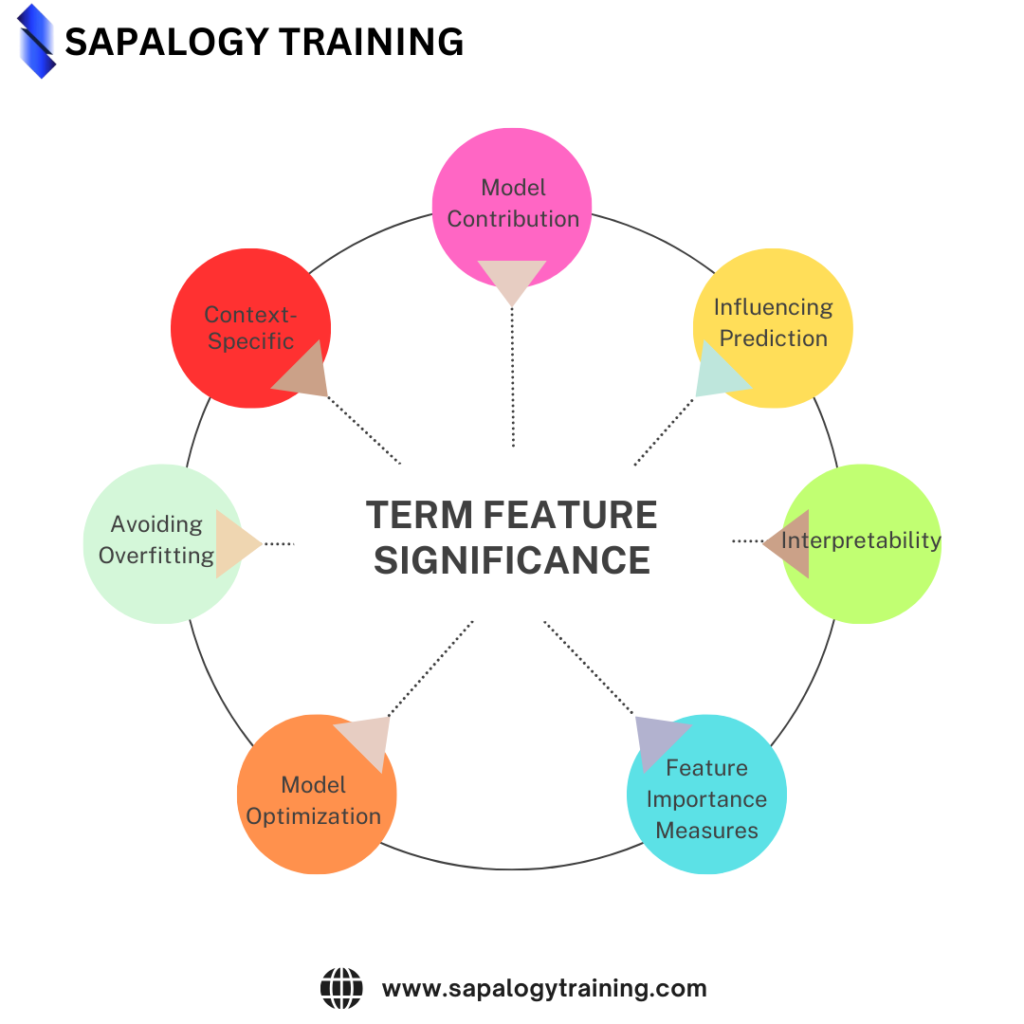
25. How does gradient descent work in machine learning?
Answer: Gradient descent is an optimization algorithm used to minimize the cost function by iteratively adjusting model parameters in the direction of the steepest descent.
Find our upcoming batches of Data science course training –
Sapalogy provides flexible timings to all our students. Here are the data science Training Classes in Nagpur Schedule in our branches. If this schedule doesn’t match please let us know. We will try to arrange appropriate timings based on your flexible timing.
| Course | Batch | Mode | Enquire now |
|---|---|---|---|
| Data science | Starts every week | Online + offline classroom | Enquire now |
coclusion –
In conclusion, a solid grasp of these data science interview questions and answers is essential for anyone preparing for a data science interview. These questions cover key concepts in statistics, machine learning, and data analysis. It’s crucial to not only memorize the answers but also understand the underlying principles to demonstrate proficiency in the field.
Additionally, for those seeking quality training in data science, Sapalogy training institute stands out as a reputable choice. With a focus on providing the best data science training and ensuring 100 percent placement assistance, Sapalogy has earned a reputation for excellence in the industry. Positive reviews from students further affirm its commitment to delivering high-quality education in the field of data science. Consider Sapalogy for comprehensive and effective data science training to kickstart a successful career in this dynamic and in-demand field.
Don’t just dream of success in Data science — achieve it with Sapalogy training institute, your trusted partner in Data science training and career advancement. Together, let’s navigate the path to success and redefine what’s possible in the world of Data science.
Visit Data Science Page – https://sapalogytraining.com/best-data-science-training/
Visit Data analytics Page – https://sapalogytraining.com/best-data-analytics-training/
Visit Business analytic Page – https://sapalogytraining.com/best-business-analytics-training/
View Python – https://sapalogytraining.com/python/
Keywords – data science course in nagpur, data analyst course in nagpur, data analytics courses in nagpur, data science classes in nagpur, power bi classes in nagpur, best data science course in nagpur, data science course in nagpur fees, data scientist course fees in nagpur, data science training in nagpur, data science course nagpur.
